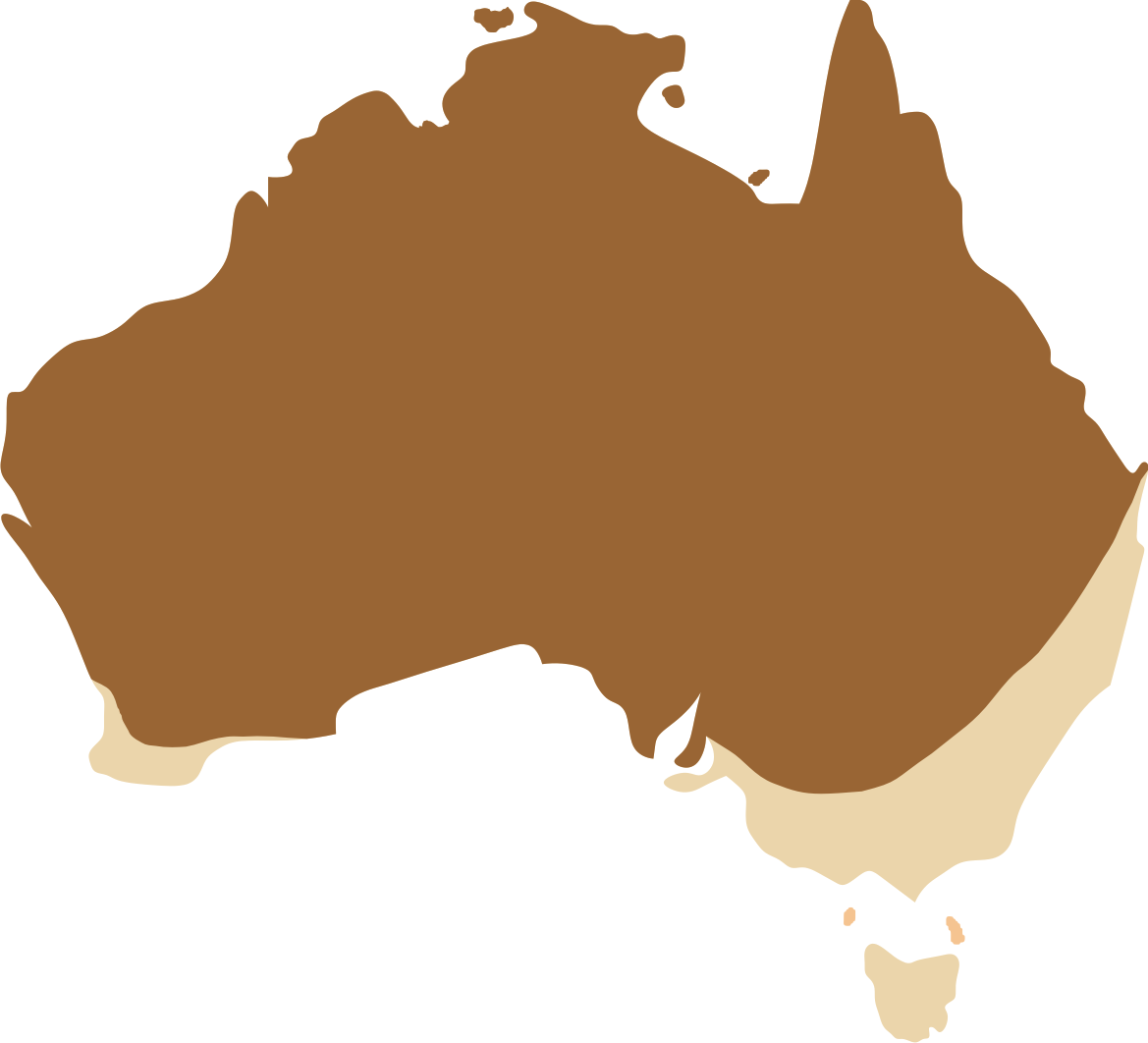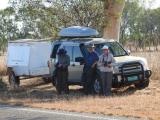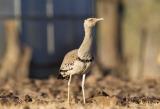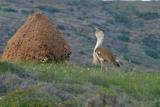Wildlife Profile - Australian Bustard Ardeotis australis
| Order: | Gruiformes | Genus: | Ardeotid |
| Family: | Otididae | Species: | australis |
Seeing an Australian Bustard in the wild is always a high point for any birder in Australia, local or overseas visitor. A look at the distribution map shows they are widespread, but they are also nomadic and highly mobile, dispersive. Also their numbers have plummeted from early European occupation days due to shooting.
 Distribution
Distribution
Even though the Australian Bustard has a very wide distribution, by far the majority of sightings are across the northern half of the country.
Ecology
Diet
Bustards are omnivorous and will eat almost anything. they will track outbreaks of food like locusts and mice, which is a great benefit to agriculture. Bustards have been observed eating whole Cane Toads, seemingly with no ill effects.
Life cycle
Bustards are polygynous and the males form leks with other males in a suitable display ground or arena. The older males will have the best position and females choose who they think the fittest for fatherhood on the basis of size, display and plumage. The display is an amzing ritual involving strutting, inflation of a huge plume covered throat sac and emmitting a low booming vocalisation like a lion's roar, every 10 to 15 seconds.
Breeding in the Top End usually occurs around in the late dry season, from September through to March.
Habitat
Birds are highly nomadic and are usually seen in open areas of savannah woodland and floodplain.
Sources – HANZAB, Australian Bustard by Mark Ziembicki and my personal observations; Photos © Mike Jarvis, Tony Hoban, Laurie Ross







